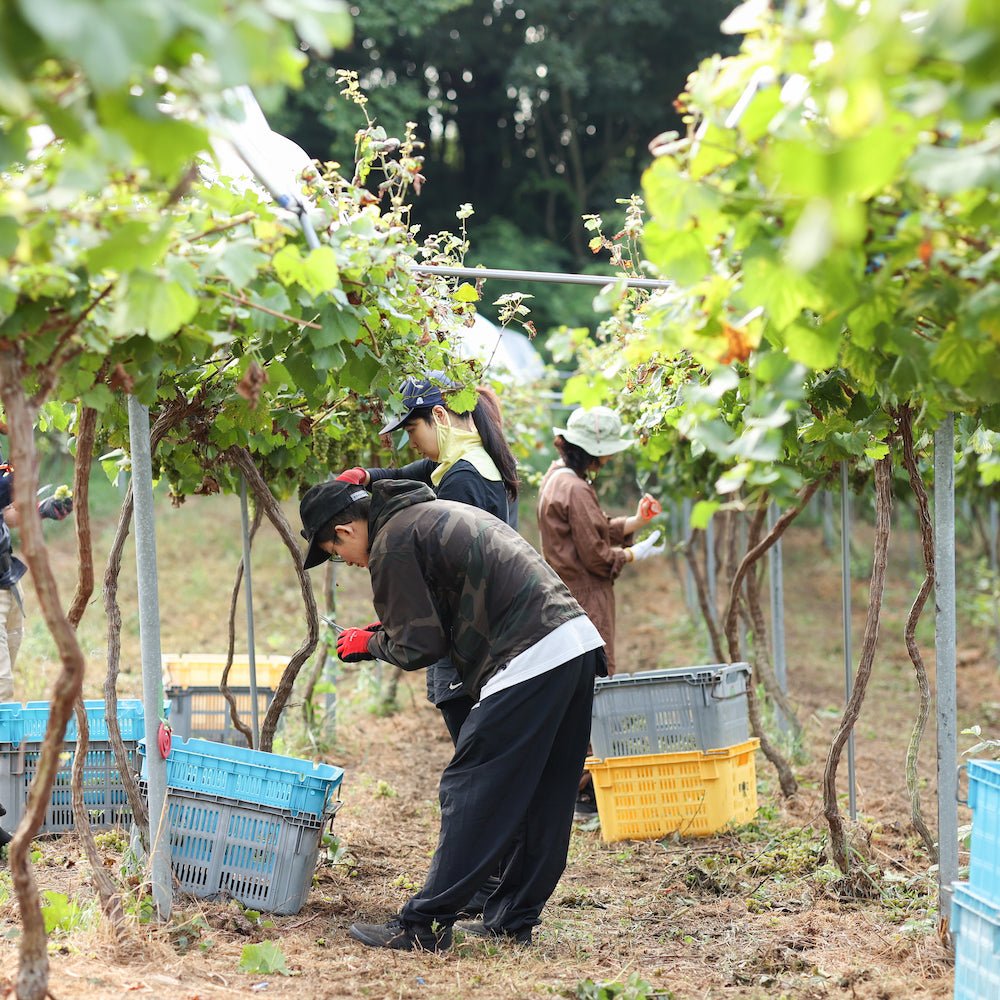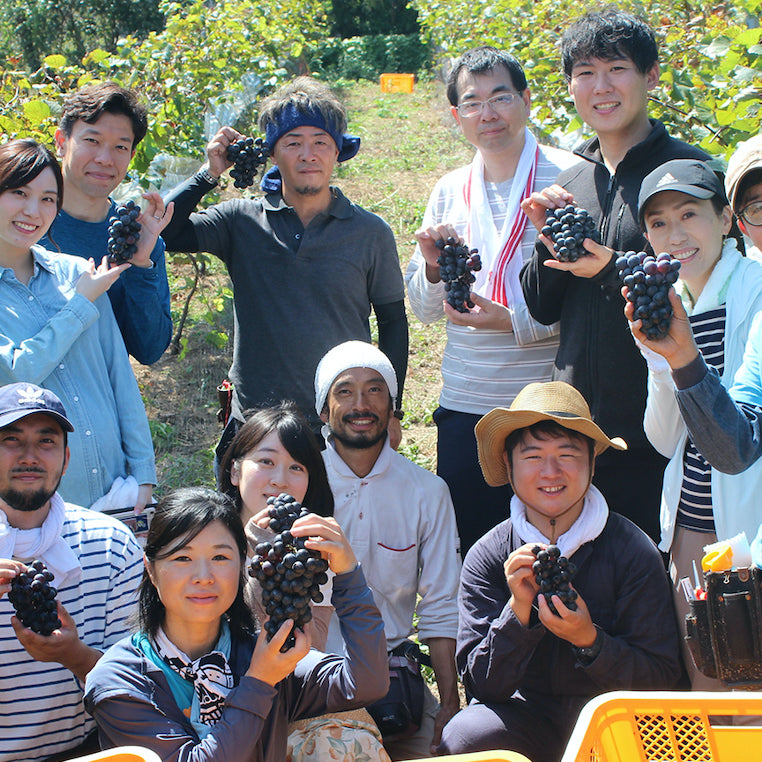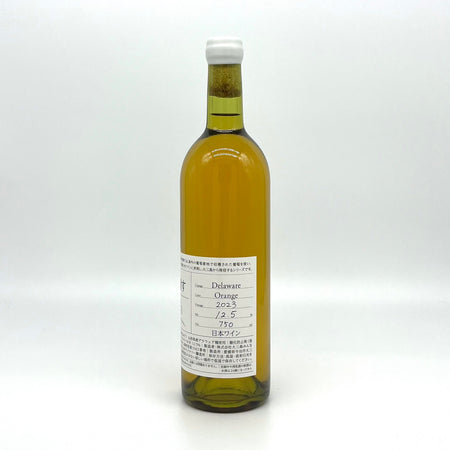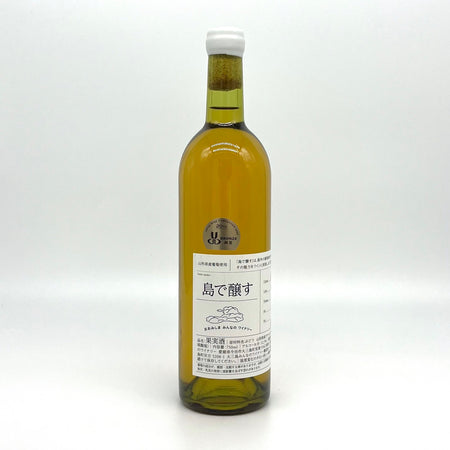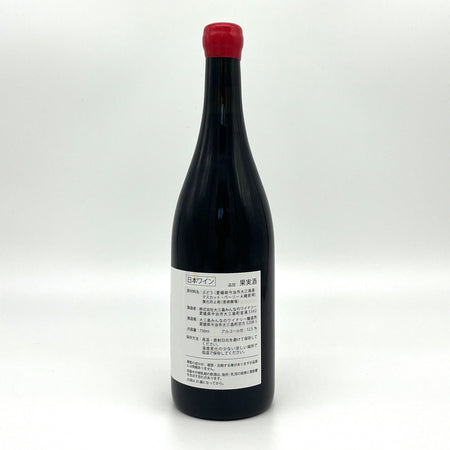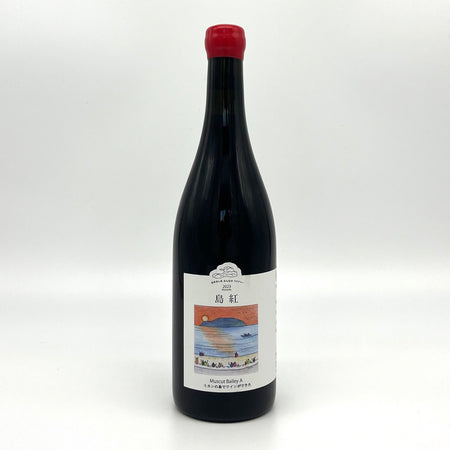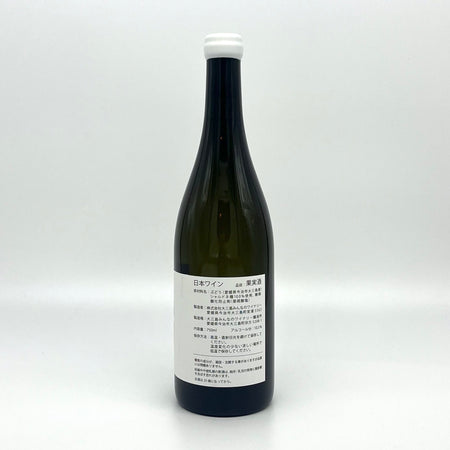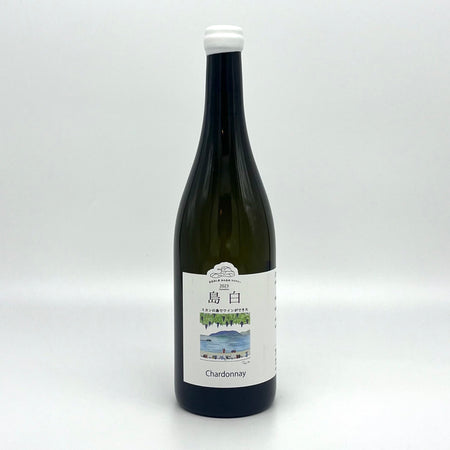OMISHIMA MINNANO WINERY
Imabari, Ehime
People
Omishima Minnano Winery is a winemaker on Omishima, a beautiful island covered in mandarin orchard, located in the middle of the Shimanami Sea Route connecting Honshu and Ehime Prefecture.
It was a project started by renowned Japanese architect Mr. Toyo Ito to utilize abandoned farmland on Omishima and to create a new attraction on the island.
Toyo began visiting Omishima when the “Imabari Toyo Ito Museum of Architecture” was established. After visiting the island many times, he was strongly attracted to the island's scenery and people.
Meanwhile, on Omishima, the number of farmers abandoning the cultivation of mandarin oranges, a major industry, is increasing every year due to the declining birthrate and aging population, and the island's economy could collapse if this trend continues.
Seeing the situation on Omishima, where young people are leaving, Toyo wondered, “Couldn't we do something to revitalize the island?”
Therefore, Toyo decided to rent an abandoned mandarin orange orchard, switch to growing grapes for vinification, and establish the first winery on Omishima.
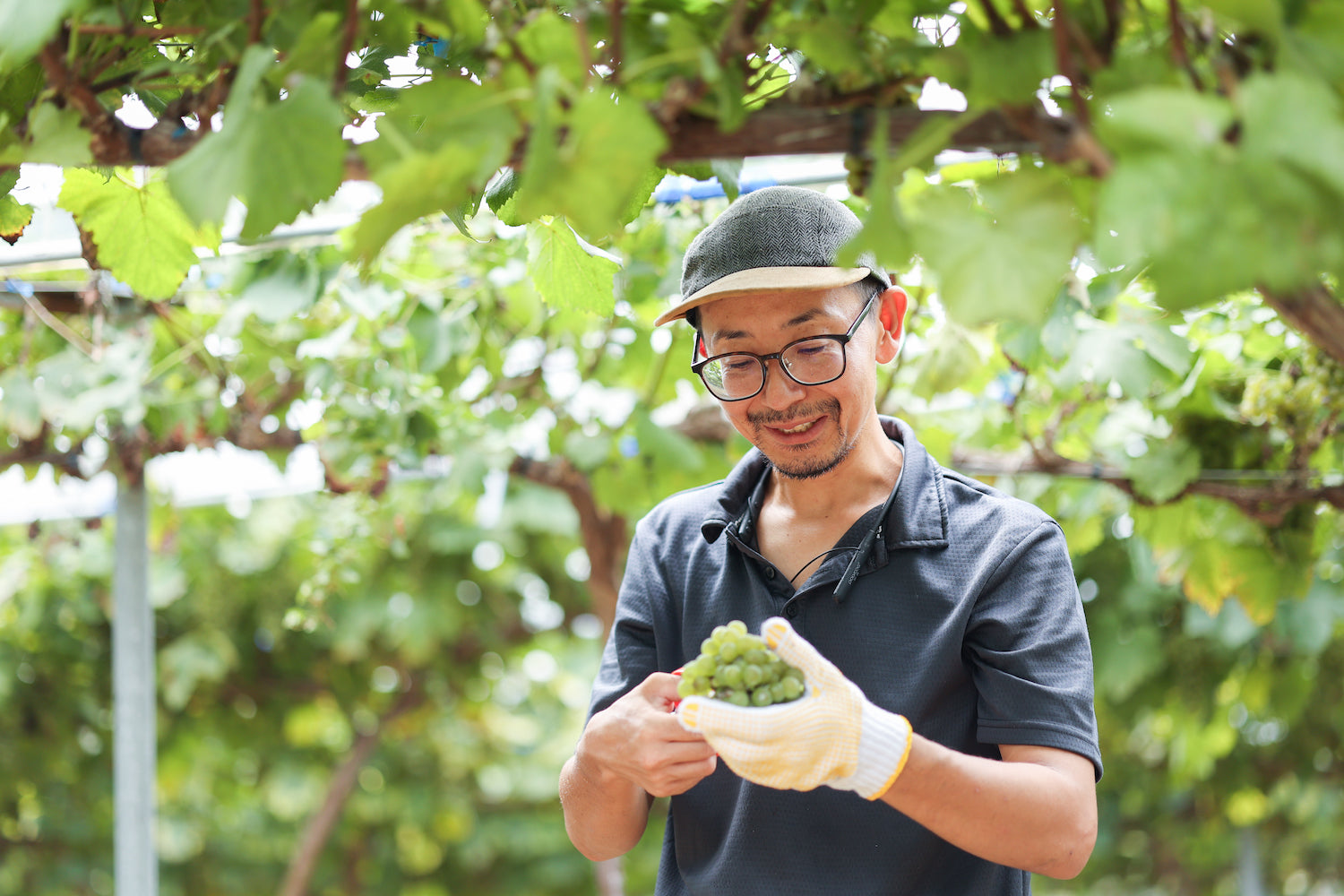
Currently, Mr. and Mrs. Kawada are in charge of grape cultivation and winemaking on site.
Yusuke Kawada was a student at the University of Yamanashi, which offers a special course on winemaking. When he thought that he wanted to start a winery someday, Toyo, who was a personal friend of his, invited him to join him, and in June 2015, they moved to the island.
“Omishima has the Seto Inland Sea, a great climate, and delicious fish, but it doesn't have just wine. It would be pleasant to grow grapes while surrounded by the beautiful and calm sea,” said Yusuke.
His wife, Shoko, moved to the island a little later, in April 2016, when the current winery building was still a café, as a founding member.
The concept of the café by day and wine bar by night, and she was in charge of the wine sales and serving. She met Yusuke when he helped her, married him, and together they run the winery.
However, difficulties stood in the way of vineyard cultivation. Typhoons, animal damage, and in 2016, the grapes bore fruit but were all eaten by wild boars.
Nevertheless, with the help of local farmers, the first harvest was successfully completed in 2017. At that time, a winery had not yet been established, so the winemaking was outsourced to domaine tetta in Okayama Prefecture.
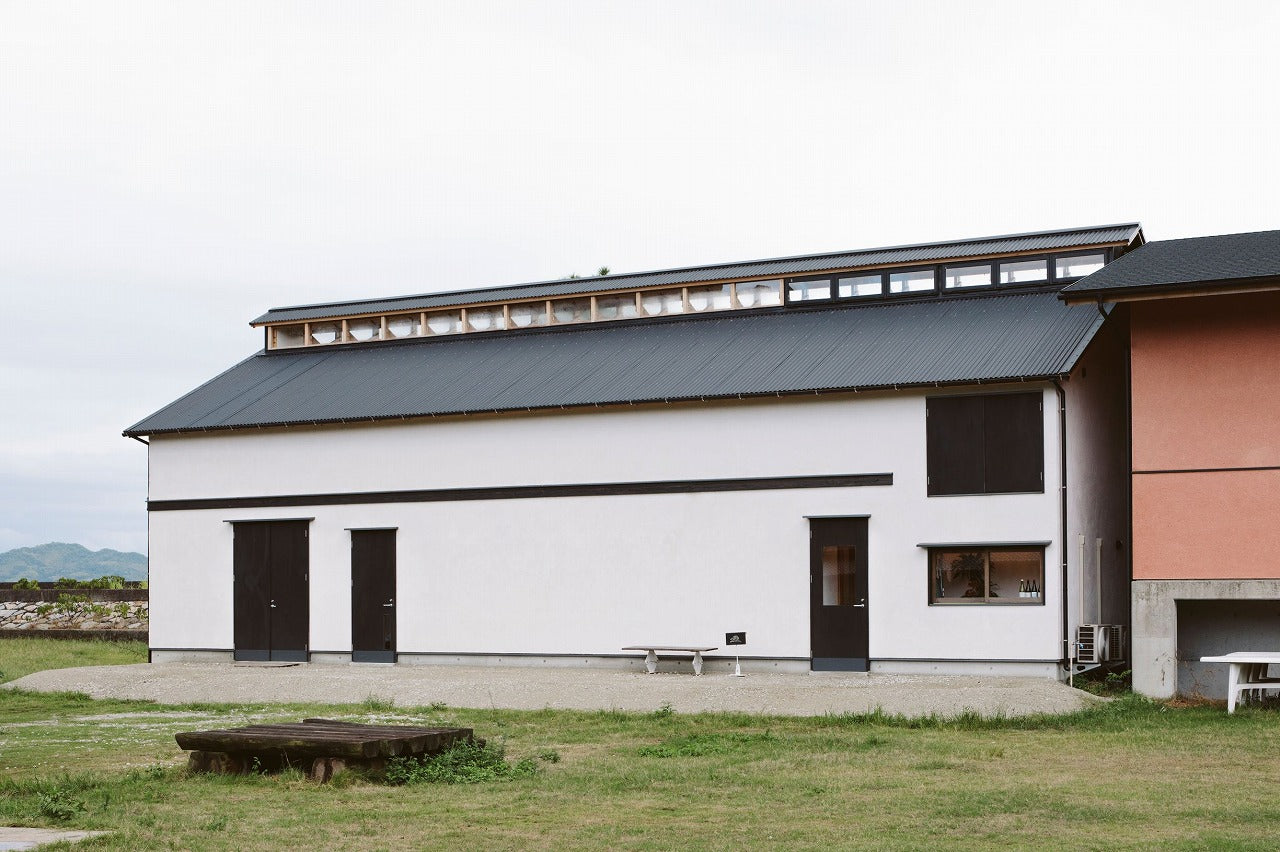
Then in 2019, they completed their own winery, which they had longed for. Their efforts have had an impact on the island's farmers, and some farmers are beginning to express interest in trying their hand at grape cultivation.
The winery has adopted a vineyard ownership system, whereby wine is handcrafted through hands-on experiences such as harvesting and planting with the owners. Part of the winery's name ‘Minnano’ means ‘everyone’s’ in English. It derives from the fact that the winery is ‘a winery built by everyone’, as in this system.
Vineyard
Omishima Minna no Winery is the only winery on the island. Located in the northern part of Ehime Prefecture, it enjoys the sunshine and mild climate characteristic of the Seto Inland Sea.
It is the fifth largest island in the Seto Inland Sea with a population of approximately 6,000. In the center of the island is Oyamazumi Shrine, known as Japan's general guardian, and it is also known as “God's Island” with a long history.
Agriculture, centering on mandarin oranges, is thriving. In recent years, it has also attracted attention as a sacred place for cyclists.
“I wanted to start a winery, so I went to Hokkaido and Nagano. However, I always had a longing in my heart for a place near the sea,” said Yusuke.
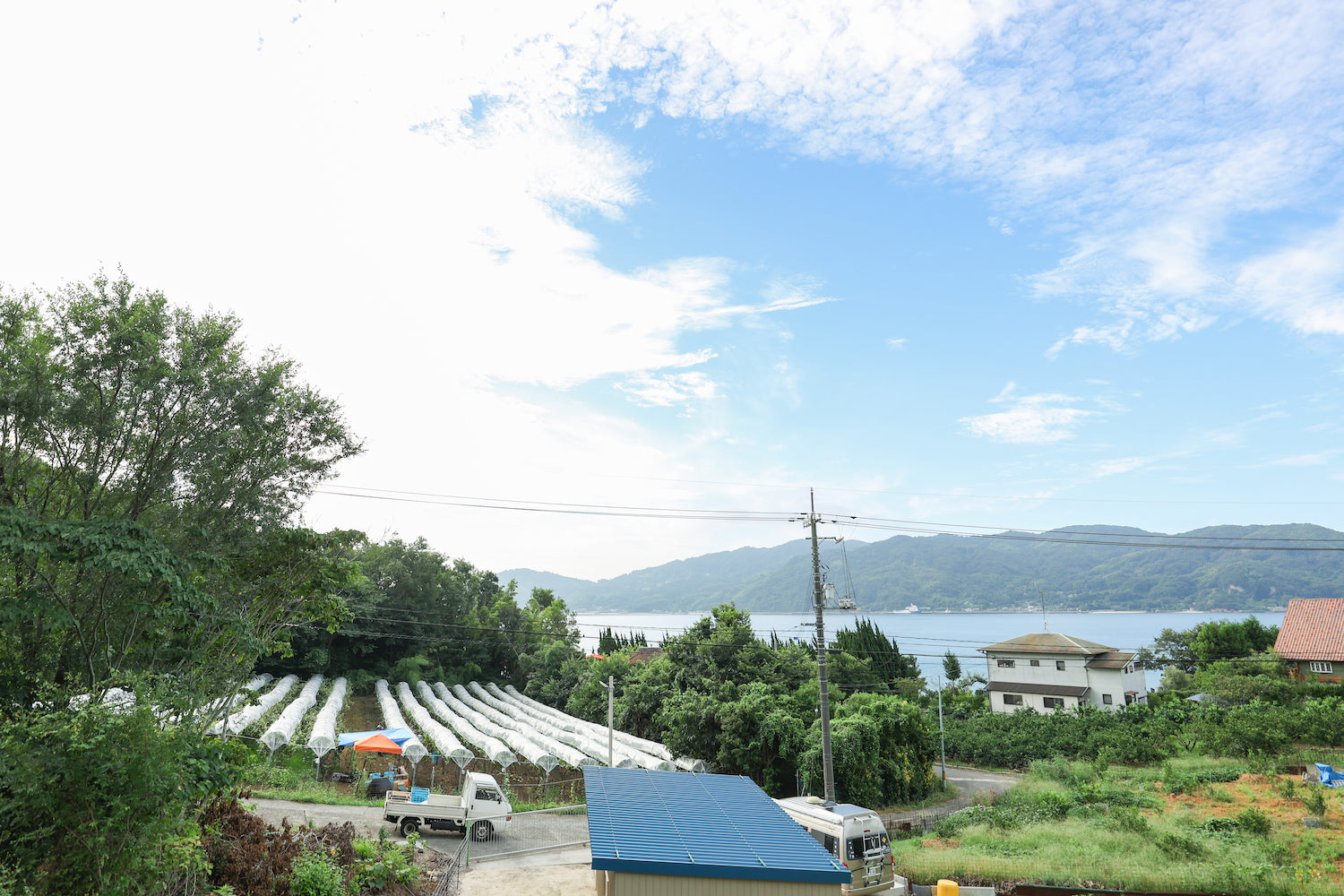
Their vineyard is in a really seaside area. At the closest point, they are only 20 to 30 meters from the sea.
However, salt damage does not occur. Also, thanks to the winds from the sea, humidity, which grapes do not like, is blown away, making the land suitable for grape cultivation.
The vineyards total 2.5 hectares, and the main grape varieties grown are Chardonnay, Muscat Bailey A, Merlot, and Pinot Gris.
The four key words for grape cultivation on Omishima are landscape, climate, soil, and land.
The landscape is a vineyard overlooking the islands of the Seto Inland Sea, a beautiful archipelago. The calm waters of the Seto Inland Sea carry the wind from the sea to the vineyards without any salt damage.
Also, the reflection from the sea is a second sun that evenly illuminates the grapes. The sun rises and sets from the sea and watches over the grapes throughout the day.
The climate is very similar to that of Katsunuma City in Yamanashi Prefecture, which is considered the most famous wine producing region in Japan. With little rainfall throughout the year and sunny summers, the conditions are ideal for grape growth.
The light summer rains ripen the grape bunches, which is essential for producing richly flavored wines.
The soil is Omishima's characteristic well-drained sandy soil. The winery's vineyards are covered with gravelly sandy loam, which is very good for grape maturation.
As for the land, the vineyard was created by utilizing abandoned land that has been increasing in recent years. The gently sloping, south-facing vineyard, which is a good condition for citrus vineyards, is ideal for grapes to bear tasty fruit as well.
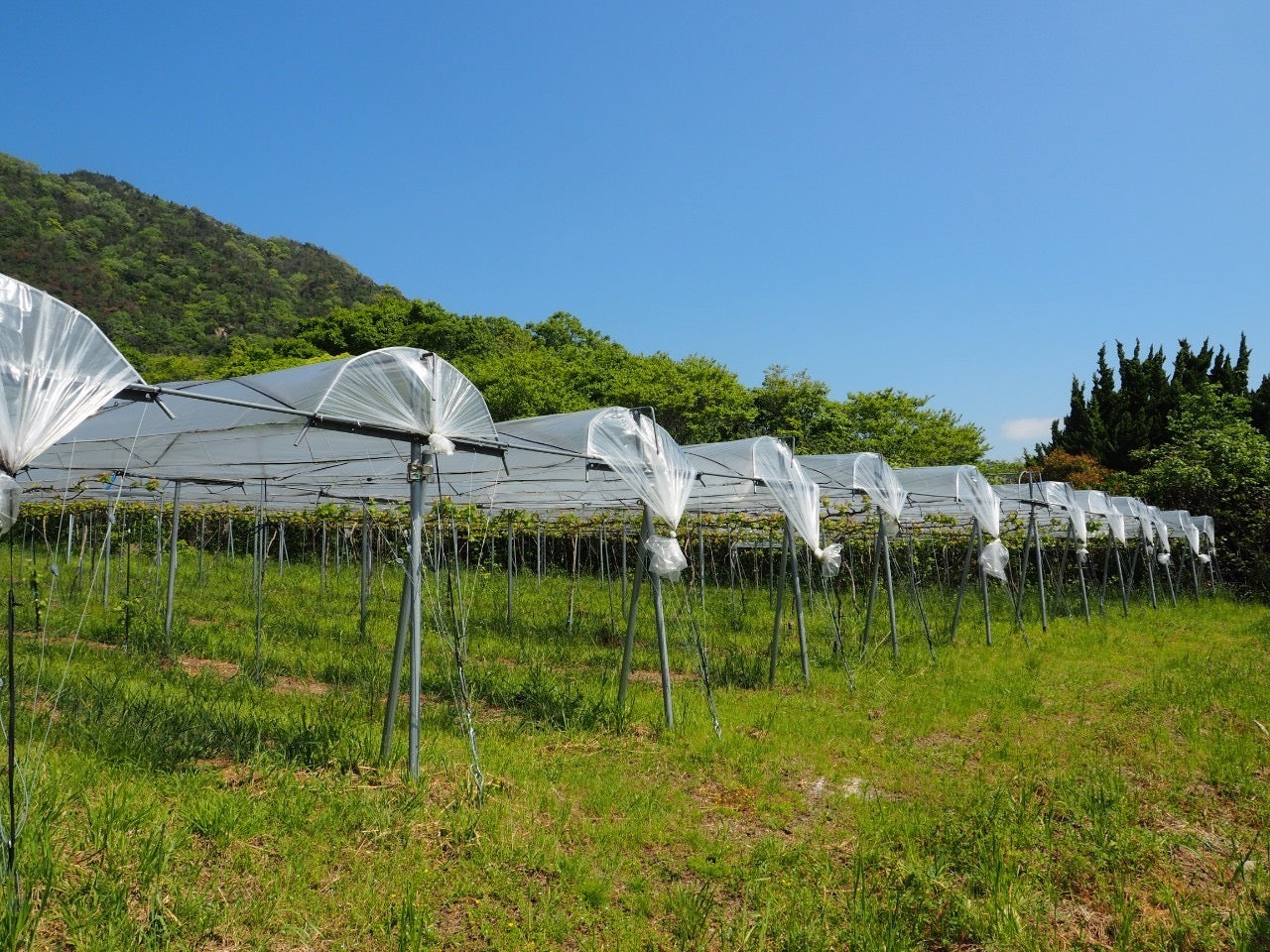
The winery uses pergola system, in which the tips of the branches hang downwards like a tunnel. This is a way that is common in western Japan.
This is because the warm climate in western Japan makes the grapes ripen earlier, and acidity drops at harvest time. To maintain acidity, the grapevines need a certain amount of vigor. Masago soil tends to retain less fertilizer and weaken the vigor of trees. This is why they make efforts to make the most of the soil.
They are particular about using only fertilizers that can be obtained in the neighborhood, based on the belief that “the local climate creates the local flavor”.
For example, they use fully matured compost from an organic pig farmer on a neighboring island, who feeds their pigs with lemon grass, and crush oyster shells from the Seto Inland Sea to supply minerals.
They also crush waste mushroom beds provided by a shiitake mushroom producer in the same city and use them as organic matter in the fields. They also prune them back to fine chips and return them to the fields as the windbreaks around the fields grow taller.
They use all organic fertilizers instead of chemical fertilizers to increase the number of microorganisms in the soil, aiming to create soil that allows plants to properly obtain nutrients from the soil rather than directly feeding them.
By doing so, a wide variety of flowers and grasses grow in the garden, and by managing them to the appropriate length, the soil is kept at an appropriate level of firmness, and efforts are being made to ensure that the soil is well oxygenated.
Winemaking
The annual production of wine from own vineyards is 11,500 bottles. Total production, including wine made from purchased grapes, is 16,000 bottles per year (2024).
The aim of Omishima Minna no Winery is to express the terroir of Shikoku, Ehime, and Omishima.
Interestingly, their wines are infused with a sea-ness. The wines made in Omishima are characterized by a salty taste.
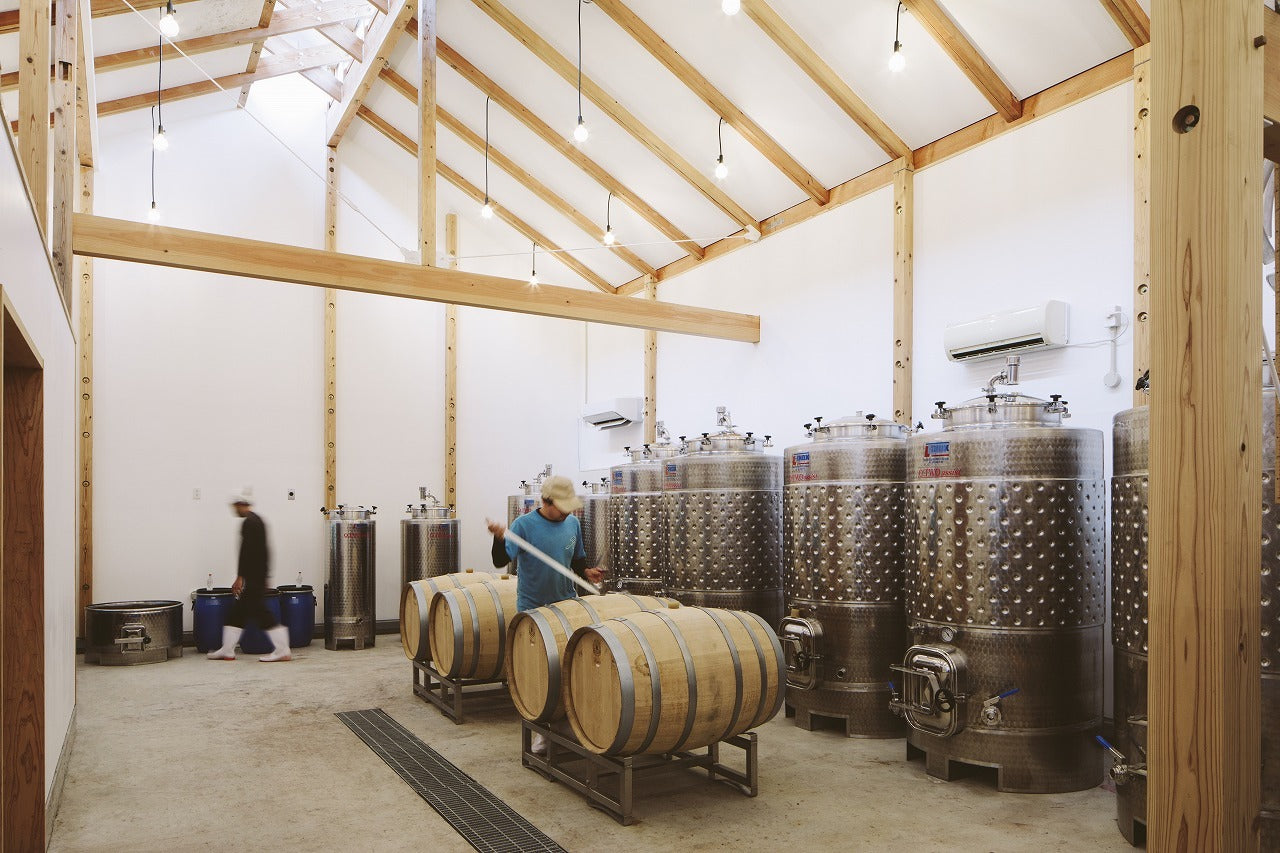
The winery is located on the grounds of “Ikoi no Ie,” a lodging facility in a renovated old wooden school building, and the “Mother and Child Museum” of sculptor Ken Iwata, who is known for his warm style.
The stainless steel tanks for vinification are made-to-order in Slovenia. The shape is between a “sealed” type with a small lid and an “open” type that is easy to fill with grapes, making it difficult to oxidize and also efficient to work with.
The grape juice is pressed on the second floor. The so-called gravity flow is applied, whereby the juice is dropped from above into the vat downstairs by gravity, so that the wine is not stressed.
The wine sales space is located on the approach to Oyamazumi Shrine in the center of the island, a 15-minute drive from the winery, making it a stopover spot for tourists visiting the island.
"It is said that Japan is not a suitable region for grape cultivation due to its high temperature and humidity compared to Europe, but we are committed to producing good wines. We hope that our wines will help people feel the climate of Japan and become interested in Japanese wine," said Yusuke.

